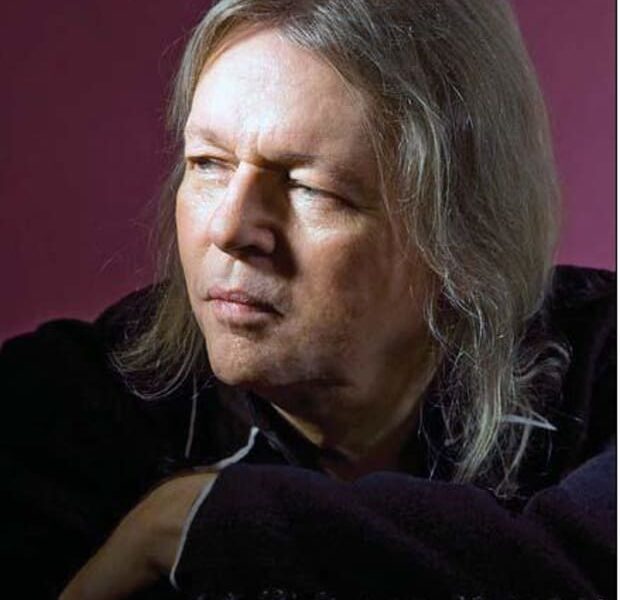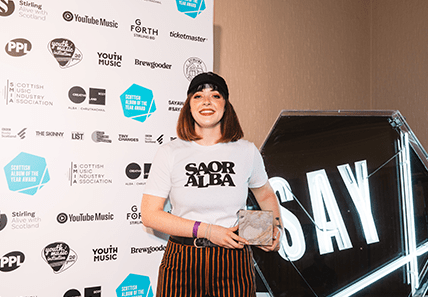Considered by many to be one of Britain’s leading playwrights and screenwriters, Oscar-winner Christopher Hampton is probably best known to filmgoers as the man who adapted Dangerous Liaisons for Stephen Frears and Atonement for Joe Wright into hugely successful pictures. In a career spanning four decades he has notched up some incredible achievements, including being the youngest writer ever to have a play staged in the West End, and becoming the Royal Court Theatre’s resident dramatist in the late 1960s. His film credits are no less impressive, including Carrington (1995), Mary Reilly (1996) and The Quiet American (2002). The latest, A Dangerous Method, marks his first collaboration with auteur filmmaker David Cronenberg. Set on the eve of World War I, it is based on the turbulent relationships between fledgling psychiatrist Carl Jung (Michael Fassbender), his mentor Sigmund Freud (Viggo Mortensen) and Sabina Spielrein (Keira Knightley), the troubled but beautiful young woman who comes between them.
Was it an interest in psychoanalysis that drew you to this project?
I’ve never been analysed. I’ve got psychoanalyst friends [and] I’ve had friends who’ve been analysed and got given great benefit from it. It seems to me that it is one of the great sets of ideas of the 20th century, or rather, forming ideas of the 20th century. I’d always thought it would be nice to find a way in to the subject somehow. And then this thing about Sabina Spielrein started stirring in me in the 80s. This book by Bruno Bettelheim called A Secret Symmetry came out which was just about her and this suitcase full of papers that had been found in Geneva. So somewhere along the line I started to think, ‘This is a very interesting story’. The more revelations that leaked out, further letters and diaries and so on, the more fascinating it became. Eventually it dawned on me that this woman had somehow drawn Freud and Jung together in the first place and then somehow had been partly responsible for splitting them up. Then she disappeared.
The paternal father-son dynamic between Freud and Jung is crucial to the story; how did you envision this?
Freud was looking for an heir and Jung admired Freud enormously and, as we’ve seen, the first time Jung used the Freudian method it worked so spectacularly, and reinforced his admiration for Freud. Literally, the first time they’d met in Vienna they talked non-stop for 13 hours. After that the correspondence was tremendously warm and enthusiastic. Freud was a difficult man and one of the things that he was most difficult about was, once he had somebody who he thought of as a disciple, it was important that the disciple accepted everything. As soon as the challenges came, however, the person would be cast out into outer darkness and anathematised.
The scene where Jung breaks down at the end is really unnerving, because it’s the first time in the film where he lets it all hang out.
I think that’s from David’s style, where he keeps the lid on for so long and then just at the end he opens it. It’s very powerful, but that’s the way he works the material in a very effective way. Funnily enough, a lot of the reviews start off by saying this is completely unlike any Cronenberg film that has come before. I don’t think it is. This film happened because he’d read the play and he just immediately thought, ‘I’d like to do this’. So it must have spoken to his deepest concerns which have come out in the film as we know it.
You initially wrote the screenplay over 10 years ago…
I did, it was called ‘Sabina’. It was much more centred on her and ended with her killed by the Nazis. She is a most fascinating figure, but the shape was wrong. I’d been resisting making Jung the lead character because, of all the three central characters, he was the one I was least sympathetic towards. I had to get over that and embrace him. I had to first understand why he was so remarkable and what was good about him, before I could do the right thing, structurally, which was to put him in the centre of the story.
What feedback did you get from that initial draft?
It was written on commission for 20th Century Fox [in the mid-90s], and it was actually written for Julia Roberts to play Sabina. I think she liked it, but they probably all put their heads together and decided this was not the thing for her to do, right after My Best Friend’s Wedding or whatever it was. I was very touched by how generous she was though. This has happened to me before where I’ve written a screenplay and the film is going to be made, and I now want to write a play on it and [have] been told, ‘You can’t, because we own it. I know you did a year’s research but bugger off.’ But she said, right away, ‘Give it back to him’, and they did.
So then you turned it into a play, and now back into a screenplay. What were the hardest obstacles in terms of reinventing it again for the screen?
I was enormously helped by David, because when you adapt a stage play for the cinema your instincts are to try and disguise those origins and open it up. In the course of the conversations that I had with David, he had read the original screenplay and, whilst there were one or two things in it that he liked, he felt, as I did, that the play was actually a step forward. He said, ‘If it’s just Freud and Jung sitting in a room, I don’t care if it’s five pages long.’
How did you approach getting into the heads of Freud and Jung?
It’s really a question of giving yourself time. It’s been 14 years since I started work on this. The subject just marinates in your head and you keep thinking, ‘Oh I see, I’ve done that wrong’; you change it accordingly. By the end of it, if you give it enough time, you’ve got something textured. Other projects, however, benefit from speed and energy. The script I did write for Julia Roberts, Mary Reilly, I think I wrote in a week, because it was that kind of project. The plot was there and it was fun to write. But A Dangerous Methodwas a real ‘pushing a rock up a pyramid’ kind of project.
Are you the kind of writer who likes to have input on set?
I take my cue from the director. I know it’s a director’s medium. I’ve been quite spoiled, because I started off in television with Stephen Frears and I’ve done three films with him too, and he has you on the set every day and discusses every scene. He really involves you in the process, which is lovely. David is also completely secure and very welcoming, but it’s all been decided. He knows what he wants to do, on any given day. With Stephen you’re actually still working as you’re shooting. On A Dangerous Method, the studio was the first half of the shoot and the location was the second part, and I went for a week on each leg.
Cronenberg has said that there will always be an element of the film that’s uncontrollable…
That’s only because everything is so planned and controlled in advance. So therefore he’s able to be flexible, because he doesn’t have to think about anything except responding to the moment. Indeed the scene in which Sabina’s splashing about in the lake was meant to be filmed in a torrential rainstorm and it didn’t oblige, and then on the day they worked out a way that she could get filthy enough without being drenched.
You mentioned Stephen Frears; do you ever rewatch Dangerous Liaisons?
Funnily enough they’re about to bring it out in the spring on Blu-ray, and Stephen and I went in only two weeks ago in a studio here in Soho and did a commentary. It was the first time either of us had seen it for years and we got so entranced by the film that we kept forgetting to say anything. It does seem to have stood up very well. Occasionally there are things that happen once or twice in a lifetime and that film went so brilliantly from day one. I remember, as if it were yesterday, the first day of shooting, which was May 30, 1988, watching a scene between [John] Malkovich and Peter Capaldi and thinking, ‘God, this is going to be really good’. I don’t know why, I just knew. Everybody had a great time. There was no interference from the studio at all. Nobody made us do anything, except what we wanted to do.











